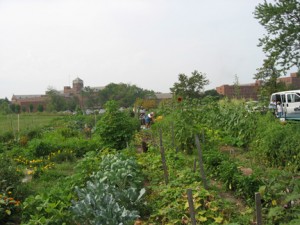Once again I found the assigned chapters in Historic Preservation both interesting and informative. I specifically enjoyed chapter 11 with its discussion on heritage tourism and areas as well as cultural and natural landscapes. The case study on the Illinois & Michigan National Heritage Center was of particular interest to me with its explanation of a “hybrid model” in respect to “park development and management” (333). I think the idea of a cooperative agreement to manage a heritage site is integral to a sites success. It promotes participation from a number of agencies and people who offer a diverse set of skills. Additionally, it negates a narrow preservation or interpretative ideology. While the book provided an excellent example of how a partnership can excel, I would have liked a bit more discussion on what difficulties collaborations often face. Cooperative agreements require a great deal of patience and I can image not all achieve their ultimate goal. Furthermore, relationships might be strained or broken if an agreement took a turn for the worse.
On a different note, while I was delighted with most of the book’s content I was disappointed with its lack of footnotes on specific sections. Selfishly (for my thesis project), I would have liked references in chapter nine under the section of “Urban Growth Boundaries and Rural Preservation” and also in chapter 11 in respect to heritage interpretation associated with natural landscapes.

